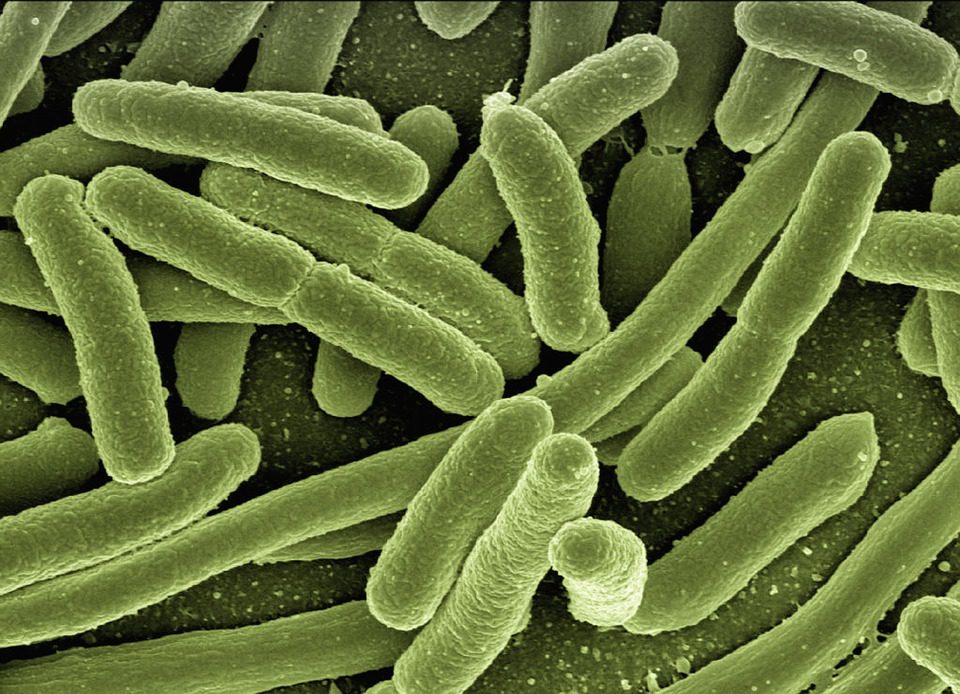Researchers reported on March 1 in the journal Molecular Plant that gene transfer from microorganisms to algal species millions of years ago may have fueled the emergence of terrestrial plants. Their investigation indicates that plants have incorporated multiple genes coming from bacteria, fungi, as well as viruses, endowing them with favorable properties for terrestrial existence.
Horizontal gene transfer (HGT) is a term that refers to the exchange of genetic material across organisms belonging to different species. Scientists analyzed the genomes of 31 types of plants to determine the significance of HGT in vegetative evolution. They comprised species from all four major plant families, such as mosses, ferns, as well as trees, and also charophytes, a kind of green algae closely linked to current terrestrial plants.
They discovered that approximately 600 gene families in contemporary plants were transmitted from other creatures, most notably microorganisms such as bacteria but also fungus.
The data implies that HGT plays a key role in the development of terrestrial plants. In contrast to vertical gene transfer mutations, HGT allows plants to quickly acquire new features, and many of these new qualities may aid plants in adapting to a completely altered environment, such as when they transitioned from water to land.
Just about everyone has shed a tear during onion cutting. They discovered that the onion gene necessary for creating the tear-jerking chemical originated in bacteria. That is very intriguing since we are all familiar with this response but were unaware it was caused by HGT until recently.
Following that, the team intends to do more research on transmitted genes in bryophytes, the plant category that encompasses mosses. Numerous foreign genes in such plants are unknown; hence future studies may aid in identifying beneficial genes that may be transplanted to crops in the future to improve their viability.












Leave a Reply